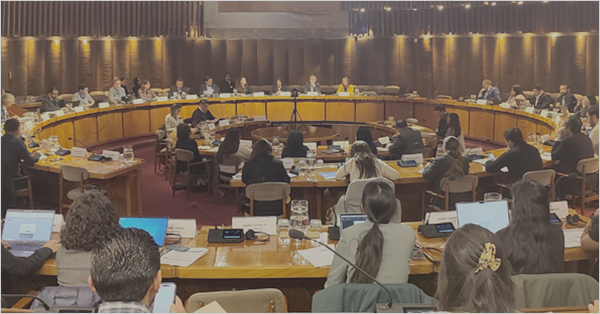Increased green finance calls for more and better impact reporting

According to a post published on the IDB Invest blog, the volume of financing required to help mitigate and adapt to the effects of climate change must increase by around 600% annually to reach internationally agreed targets by 2030. This will require financial institutions (FIs) to improve their ability to channel capital flows into green investments and to measure the impact of their green portfolios.
Reports on the impact of green finance are rare in Latin America and the Caribbean because FIs lack the capacity to produce them. Adequate segmentation of the portfolio of green projects, adequate tools to systematize the information, and the technical capacity to calculate the benefits of such projects are required. According to the authors, supporting FIs in the region to improve their impact reporting will further promote green investments.
Recently, several initiatives have been presented by regulators and other organizations that aim to standardize the measurement of the impact of green investments. Among them, the Organisation for Economic Co-operation and Development (OECD) and the United Nations Development Programme (UNDP) have recently published Impact Standards for Sustainable Development Finance. The Association for Financial Carbon Accounting developed the Global GHG Accounting and Reporting Standard for the Finance Industry and the International Organization for Standardization, through its ISO 14020 standard, offers a series of globally recognized international benchmarks against which companies can prepare their environmental labeling.
IDB Invest is partnering with a number of FIs to create tailored plans to help them increase their capacity to better serve the green segment, measure the impact of such activities, and capitalize on opportunities in primary and secondary markets.






 Stay updated on the latest trends of Green Finance
Stay updated on the latest trends of Green Finance



